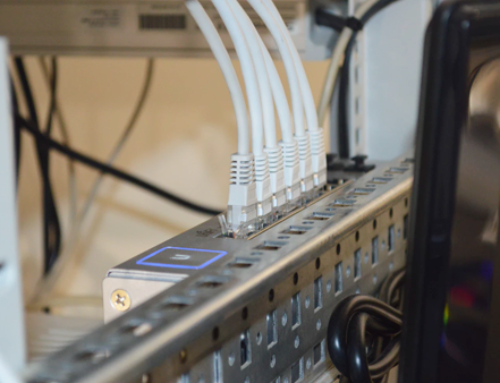Project Description
“The shifting sands of trust and technology”
THE CONTEXT OF THE RESEARCH
Our client was looking to create an impactful global campaign on behalf of one of the worlds leading banks. The campaign’s goal was to enable the bank to demonstrate its dedication towards making services simpler, better and faster for customers and society, through innovative digital technology. Our client had previously worked with this bank to create a digital narrative and they now wished to build on this and strengthen their relationship with the bank, through a new campaign focused around trust and technology. It was vital that this piece of research was intellectual and academically robust enough to support the team in capitalising on opportunities within technology. The bank required a strong understanding of trust as a key driver in the adoption of technology. They wanted to understand what it takes to establish, sustain and break trust and also how the bank could use technology to meet their customers’ needs and build trust.
OVERVIEW
We recommended a highly robust research design that will provide our client with a holistic understanding of trust and technology, using both quantitative and qualitative research.
PHASE 1 – Online Survey
The initial survey will be conducted using our partners online panel to obtain a thorough and robust understanding of the principles of trust and technology, key barriers and drivers of trust and using technology and the perceptions around these themes. An Initial quantitative phase was followed by a multi-modular qualitative research approach designed to deliver a range of in-depth consumer case studies and educated expert opinion. We believe that this method will provide you detailed insight into trust, finance, and technology at both a global and local level. Our approach both framed and refined consumer insights with expert opinion to provide a qualitative study that is relevant for the present and resonant for the future.
PHASE 2: Expert Panel
We approached each expert with a series of agreed topics and questions for them to consider. We then interviewed them each for up to two hours to gain deep insight and understanding of their expert point of view. Afterward, our project team held an analysis session to pull apart the expert opinion and use the findings to frame the research questions we put to consumers. Our experts helped set and refine our big research questions. This research framed the consumer research. Helped us understand the local differences and nuances
PHASE 3: Online Community
In order to support the client in capitalizing on opportunities within technology, we decided to use the approach of an online community of consumers and SMEs, which allowed us to engage with all participants and allowed participants the time and space to provide responses. By presenting consumers and SMEs with a range of tasks, we moved participants’ responses out of the hypothetical realm and ground them in a reality from which we could build and develop insights.
We first explored participants’ review on trust and the persons they trust, so that we knew the parameters and principles of ‘human’ trust. Then we moved onto technology to understand the different types of trust that exist for tech products. Next, we probed on their opinion on financial institutions and narrowed the focus on their thoughts on financial institutions as a filter and promoter adopting more new technology to help them. Lastly, we talked about the future of the technology and the relationship between new technology and trust.
CHALLENGES
One of the challenges we faced with this study was recruiting people who were ‘tech savvy’. The challenge with recruiting people these ‘tech savvy’ people was in how, exactly, to define this type of person, though we finally reached a consensus by consulting the client followed by discussing internally that people who use very cutting edge technology such as drones, robot cleaners, etc. are the type we were looking for.
While another challenge was recruiting people who only use one financial product. Nowadays, most people are apt to use more than two financial products for the sake of security and convenience. With such a low incidence rate, we steered our focus towards seniors who are articulate and have a decent enough sense about technology.
CONCLUSION
As deliverables, we provided a robust and educated view of the consumers with wide-ranging case studies designed to bring this project to life for a variety of audiences.




